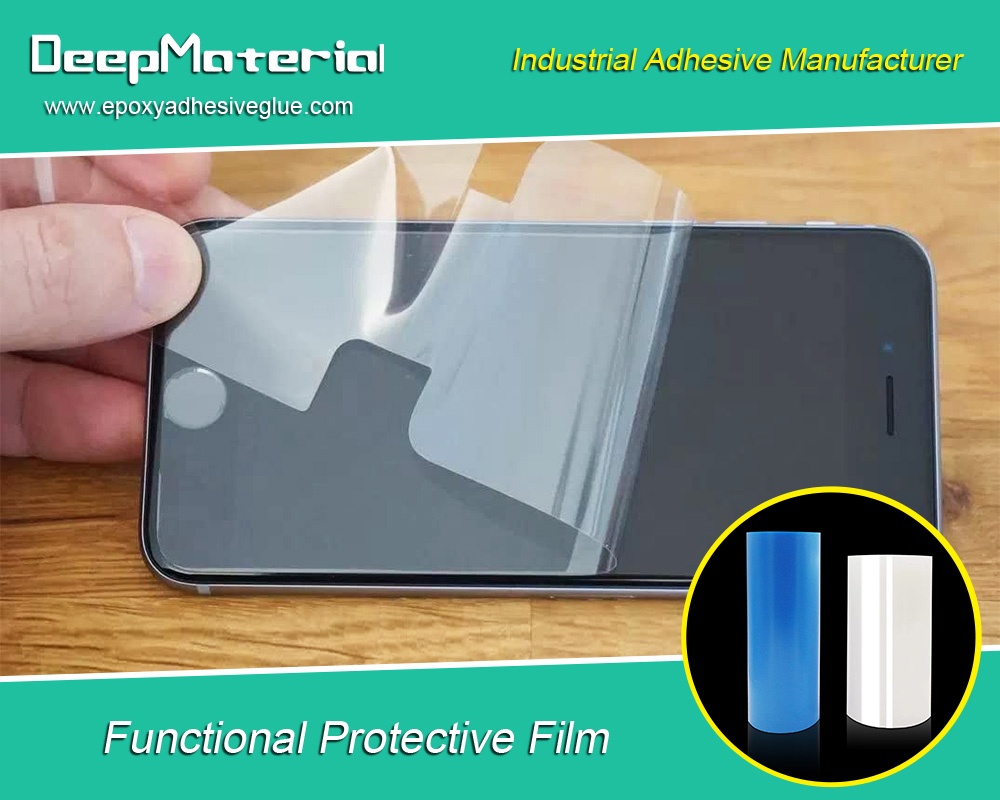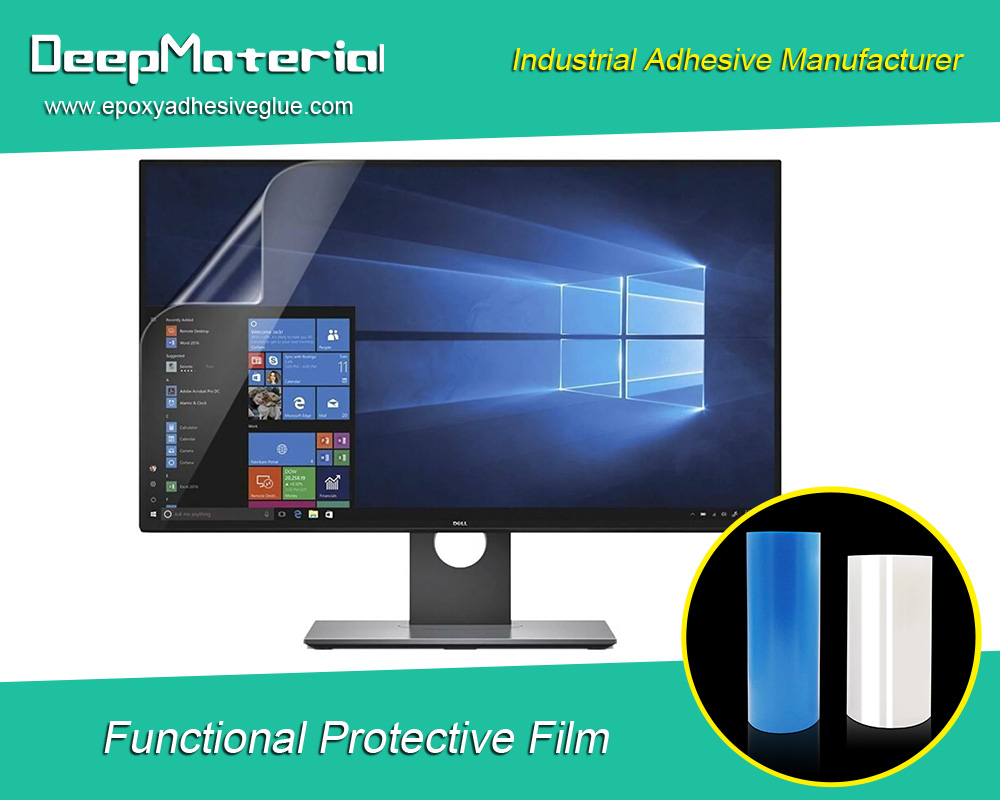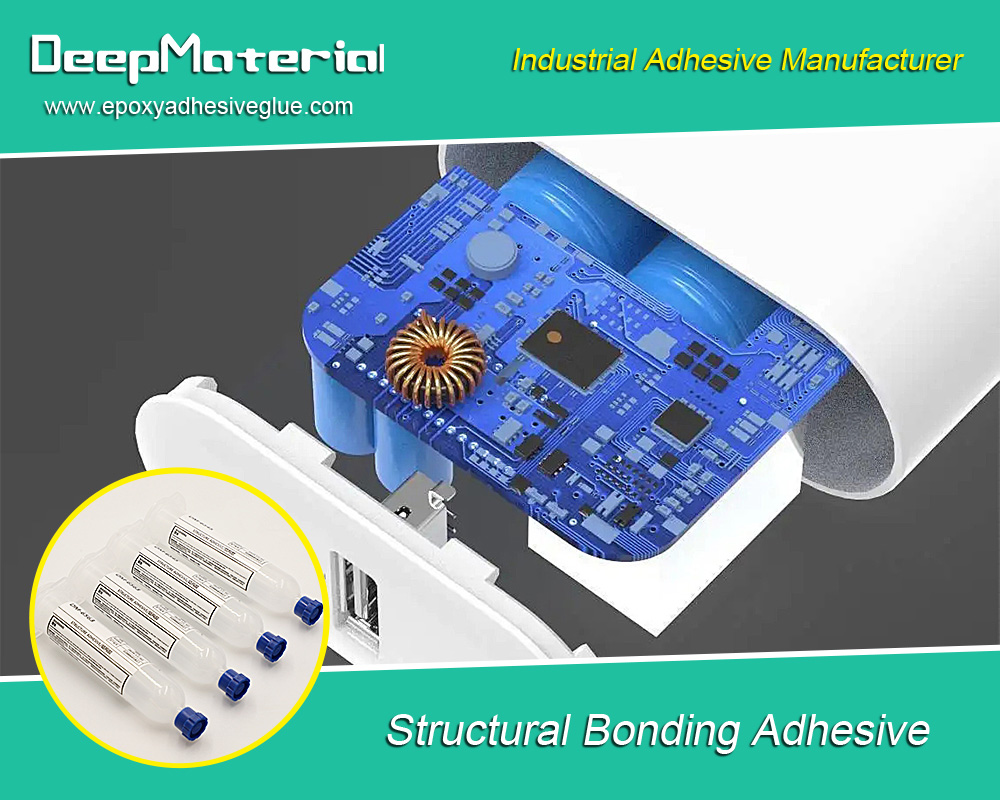How to Remove Epoxy Glue from Plastic
How to Remove Epoxy Glue from Plastic
Epoxy glue is known for its strong bonding capabilities, making it a popular choice for various applications. However, removing epoxy glue from plastic can be quite challenging. Plastic surfaces are delicate and can be easily damaged if not treated properly. This article provides a comprehensive guide on how to safely and effectively remove epoxy glue from plastic without harming the surface.
Understanding Epoxy Glue
Epoxy glue is an adhesive comprising two components: a resin and a hardener. These components react chemically when mixed to form a strong, durable bond. This makes epoxy glue ideal for bonding wood, metal, and plastic. However, the properties that make epoxy glue effective also make it difficult to remove once cured.
Critical Characteristics of Epoxy Glue
- Strong Adhesion: Epoxy forms a strong bond with surfaces, making it resistant to most solvents.
- Durability: It is highly resistant to water, heat, and chemicals.
- Curing Time: Epoxy glue requires time to cure, ranging from a few minutes to several hours.
Understanding these characteristics helps choose the proper method for removing and preventing plastic damage.
Preparation Before Removal
Before attempting to remove epoxy glue, it is crucial to prepare both the plastic surface and the tools you’ll need. Proper preparation ensures a smoother removal process and minimizes the risk of damage.
Tools and Materials
- Plastic Scraper: A plastic scraper helps gently lift off the glue without scratching the surface.
- Isopropyl Alcohol or Acetone: These solvents can help break down the epoxy glue. Note that acetone can damage some plastics, so test it on a small, inconspicuous area first.
- Warm Water and Soap: Mild soap and warm water soften the glue.
- Soft Cloths: These are used for cleaning and wiping down the plastic surface.
- Cotton Swabs or Pads: These are useful for applying solvents and reaching small areas.
Safety Precautions
- Ventilation: Ensure the area is well-ventilated if solvents like acetone are used.
- Protective Gear: Wear gloves to protect your hands from solvents and epoxy residues.
- Test on a Small Area: Always test the solvent or method on a small, hidden plastic part to ensure it does not cause damage.

Methods for Removing Epoxy Glue
Several methods are available to remove epoxy glue from plastic, each suited to different types of plastic and degrees of epoxy curing. Here’s a step-by-step guide for various techniques.
Method 1: Using Warm Soapy Water
- Soak the Area: Soak a cloth in warm, soapy water and place it over the epoxy glue. Leave it for 10-15 minutes to soften the glue.
- Scrape Gently: After the glue has softened, use a plastic scraper to lift the glue off the plastic gently. Avoid using metal tools as they can scratch the surface.
- Clean the Surface: Once the glue is removed, clean the area with a soft cloth and fresh, soapy water to remove any residue.
Method 2: Using Isopropyl Alcohol
- Apply Alcohol: Dampen a cotton swab or cloth with isopropyl alcohol and apply it to the epoxy glue. Let it sit for a few minutes to dissolve the glue.
- Scrape the Glue: Gently remove the softened epoxy using a plastic scraper. Be careful not to apply too much force.
- Wipe Clean: Wipe the area with a clean, damp cloth to remove any remaining alcohol and glue residue.
Method 3: Using Acetone
- Test for Damage: Before applying acetone, test it on a small, inconspicuous area of the plastic to ensure it does not cause damage or discoloration.
- Apply Acetone: If the plastic is resistant, apply a small amount of acetone to a cotton pad and gently rub the epoxy glue. Allow it to sit for a few minutes.
- Remove Glue: Use a plastic scraper to lift off the softened glue. Be gentle to avoid scratching the plastic.
- Clean the Surface: After removing the glue, wash the area with soap and water to remove any acetone residue.
Method 4: Mechanical Removal
- Freeze the Glue: If the epoxy is particularly stubborn, try freezing the plastic item. Please place it in a freezer for a few hours to make the glue brittle.
- Scrape Off: Once the glue is brittle, use a plastic scraper or a credit card to lift the glue from the plastic surface gently. This method works well for thin layers of epoxy.
- Clean the Area: After removing the glue, clean the surface with soap and water to remove any remaining debris.
Dealing with Stubborn Epoxy
In some cases, epoxy glue can be challenging to remove, especially if it has been left to cure for an extended period. Here are a few additional tips for dealing with stubborn epoxy:
Reapply Solvents
If the epoxy glue doesn’t come off quickly, reapply the solvent and allow it to sit longer. This can help break down the glue further.
Use Heat
Applying gentle heat can also help soften epoxy glue. Use a hairdryer on a low setting to warm the glue, making it easier to remove. Be cautious with heat to avoid damaging the plastic.
Consult Manufacturer Guidelines
Check the plastic manufacturer’s guidelines for recommended cleaning agents and removal techniques. Some plastics may have specific care instructions to avoid damage.
Preventing Future Epoxy Glue Issues
To avoid dealing with epoxy glue removal in the future, consider the following tips:
- Use Protective Covers: When working with epoxy glue, use protective covers or tape to shield the plastic surface from accidental spills.
- Clean Up Immediately: Wipe off any excess epoxy glue before it can cure. This makes removal much more accessible.
- Choose the Right Adhesive: For plastic applications, consider using adhesives specifically designed for plastic bonding, which may be easier to clean up.

Conclusion
Removing epoxy glue from plastic requires careful handling to avoid damaging the surface. Using the proper methods and tools, you can effectively remove the glue and restore the plastic surface. Always test solvents on a small area first and use gentle techniques to protect the integrity of the plastic. With these guidelines, you can manage epoxy glue removal successfully and prevent future adhesive problems.
For more about how to remove epoxy glue from plastic, you can pay a visit to DeepMaterial at https://www.epoxyadhesiveglue.com/category/epoxy-adhesives-glue/ for more info.











